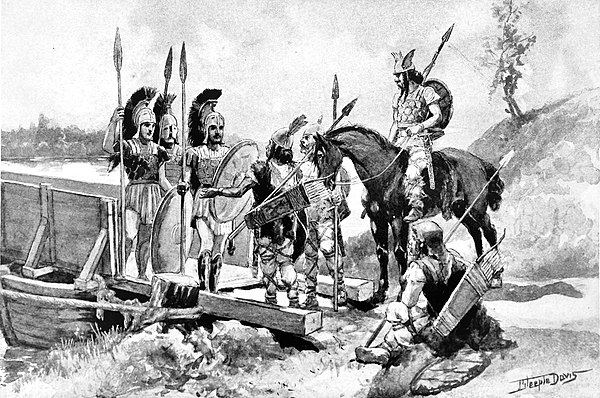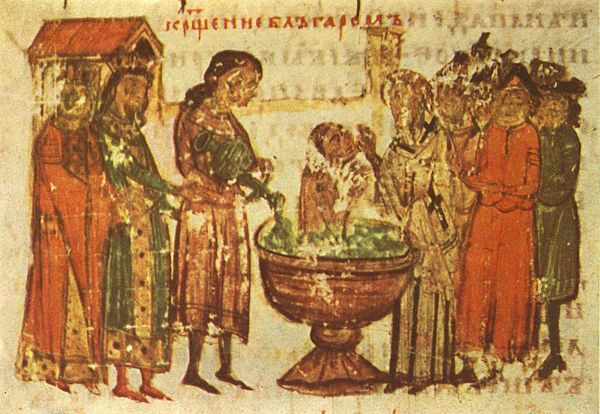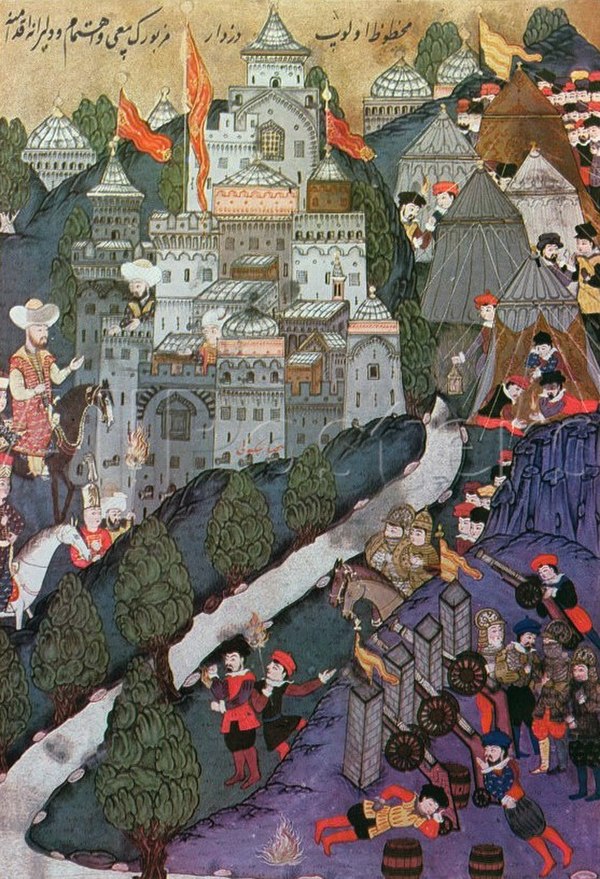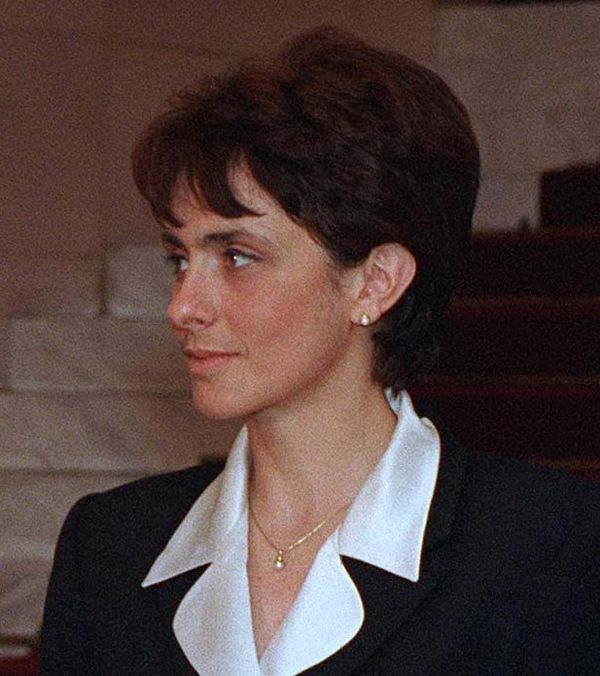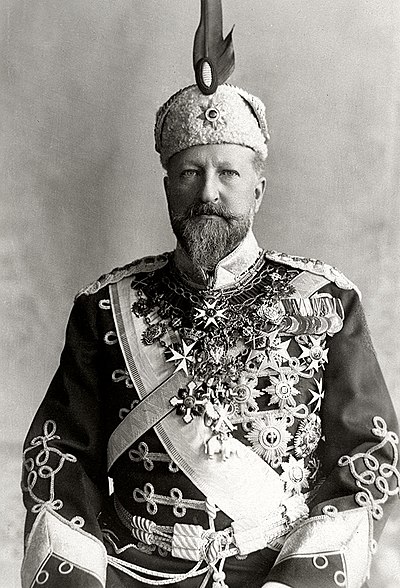The Treaty of San Stefano was signed on 3 March 1878 and set up an autonomous Bulgarian principality on the territories of the Second Bulgarian Empire, including the regions of Moesia, Thrace and Macedonia, though the state was de jure only autonomous but de facto functioned independently. However, trying to preserve the balance of power in Europe and fearing the establishment of a large Russian client state in the Balkans, the other Great Powers were reluctant to agree to the treaty.[36]
As a result, the Treaty of Berlin (1878), under the supervision of Otto von Bismarck of Germany and Benjamin Disraeli of Britain, revised the earlier treaty, and scaled back the proposed Bulgarian state. The new territory of Bulgaria was limited between the Danube and the Stara Planina range, with its seat at the old Bulgarian capital of Veliko Turnovo and including Sofia. This revision left large populations of ethnic Bulgarians outside the new country and defined Bulgaria's militaristic approach to foreign affairs and its participation in four wars during the first half of the 20th century.[36]
Bulgaria emerged from Turkish rule as a poor, underdeveloped agricultural country, with little industry or tapped natural resources. Most of the land was owned by small farmers, with peasants comprising 80% of the population of 3.8 million in 1900. Agrarianism was the dominant political philosophy in the countryside, as the peasantry organized a movement independent of any existing party. In 1899, the Bulgarian Agrarian Union was formed, bringing together rural intellectuals such as teachers with ambitious peasants. It promoted modern farming practices, as well as elementary education.[37]
The government promoted modernization, with special emphasis on building a network of elementary and secondary schools. By 1910, there were 4,800 elementary schools, 330 lyceums, 27 post-secondary educational institutions, and 113 vocational schools. From 1878 to 1933, France funded numerous libraries, research institutes, and Catholic schools throughout Bulgaria. In 1888, a university was established. It was renamed the University of Sofia in 1904, where the three faculties of history and philology, physics and mathematics, and law produced civil servants for national and local government offices. It became the center of German and Russian intellectual, philosophical and theological influences.[38]
The first decade of the century saw sustained prosperity, with steady urban growth. The capital of Sofia grew by a factor of 600% - from 20,000 population in 1878 to 120,000 in 1912, primarily from peasants who arrived from the villages to become laborers, tradesman and office seekers. Macedonians used Bulgaria as a base, beginning in 1894, to agitate for independence from the Ottoman Empire. They launched a poorly planned uprising in 1903 that was brutally suppressed, and led to tens of thousands of additional refugees pouring into Bulgaria.[39]


